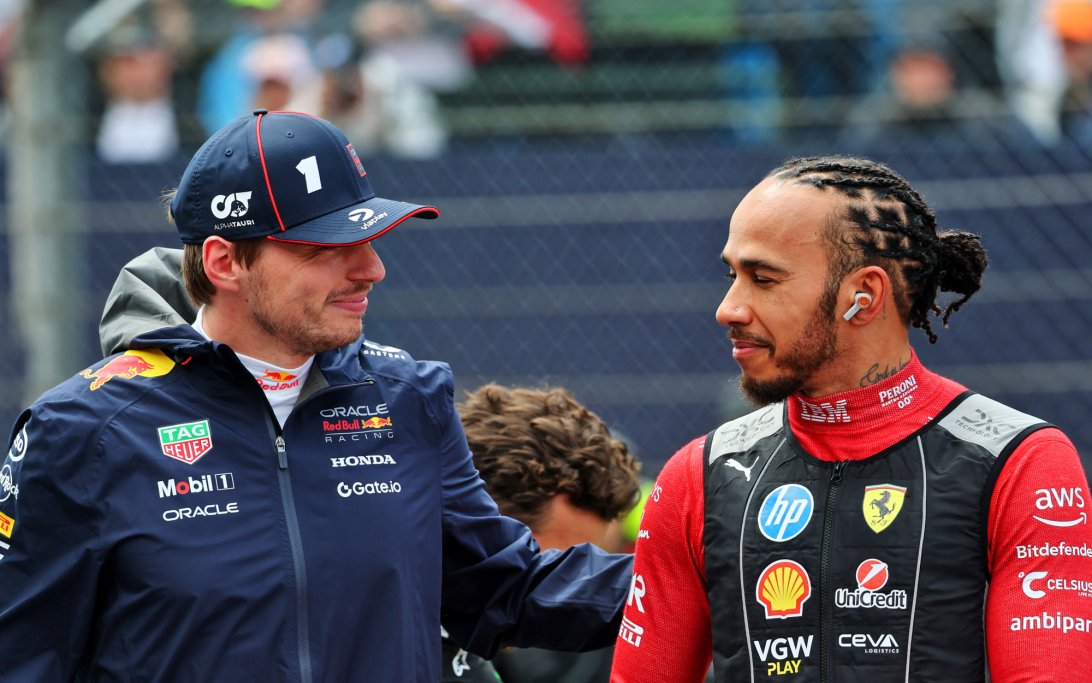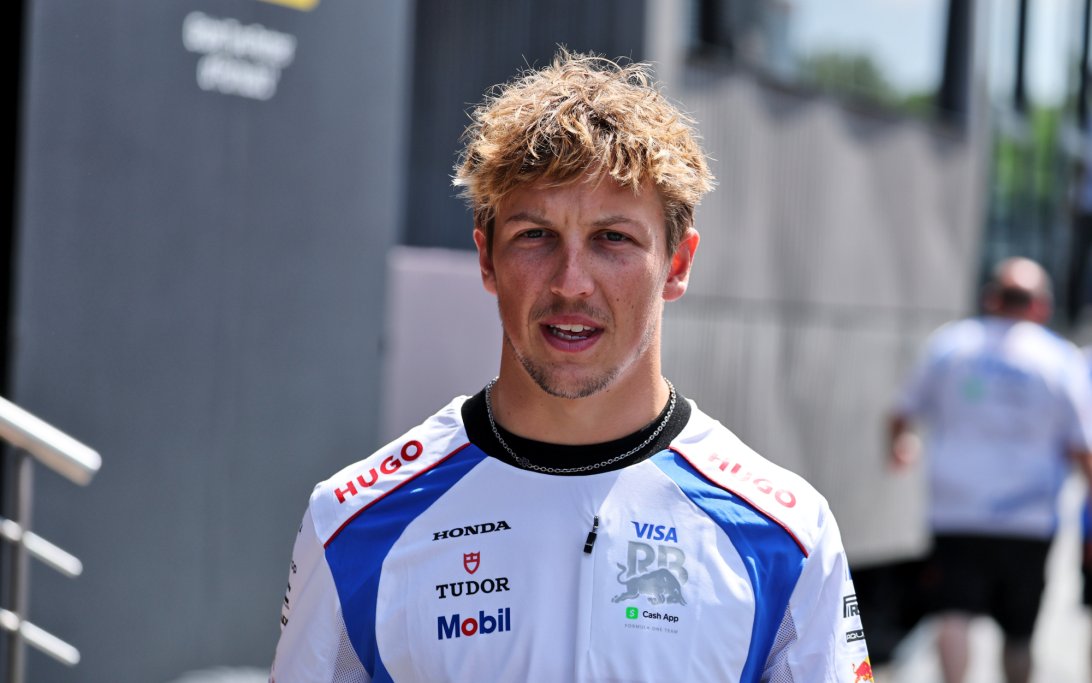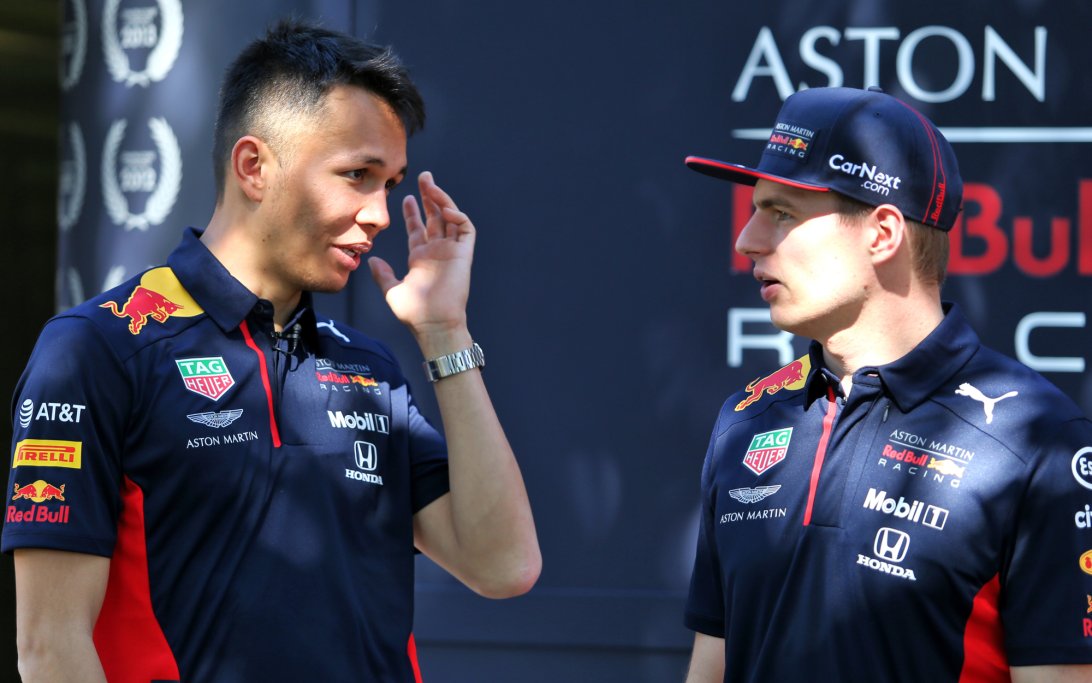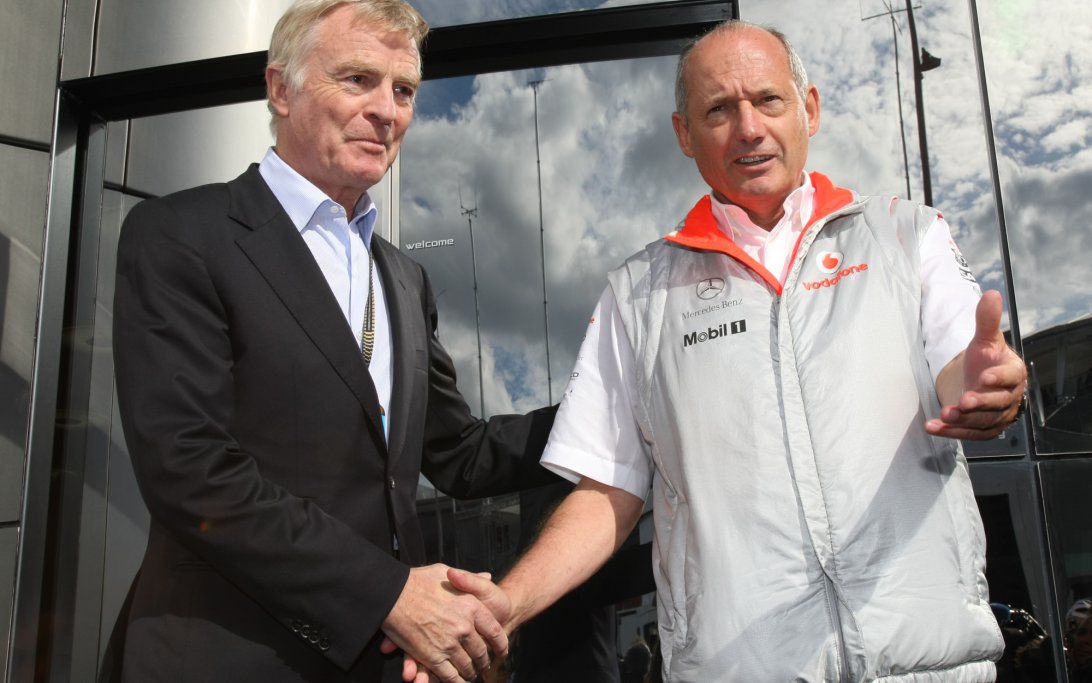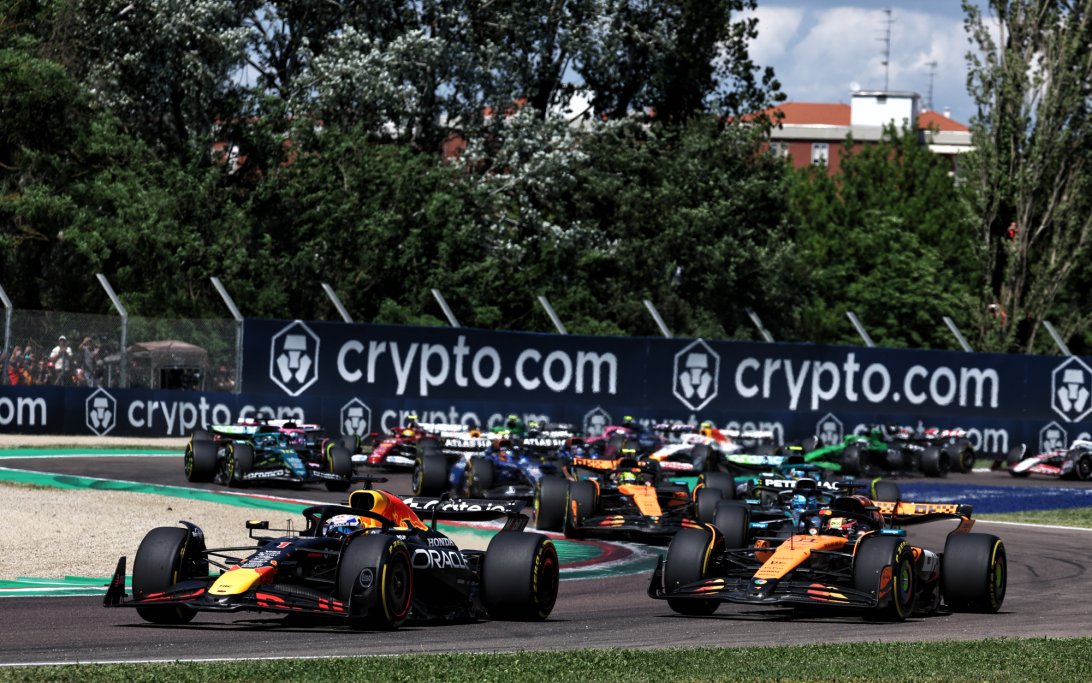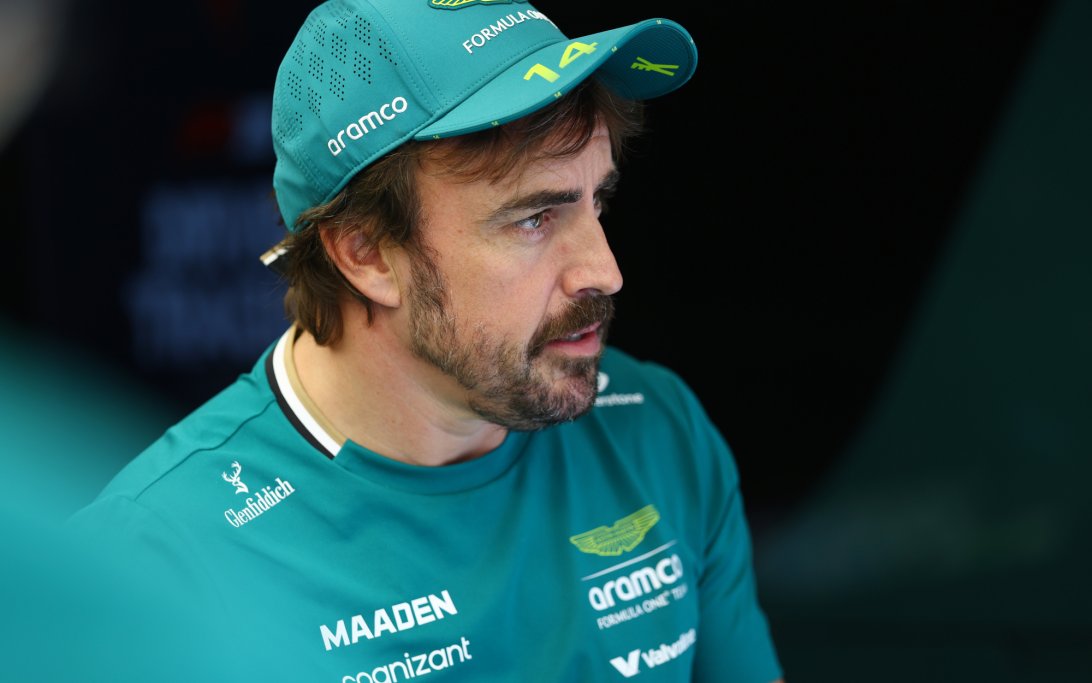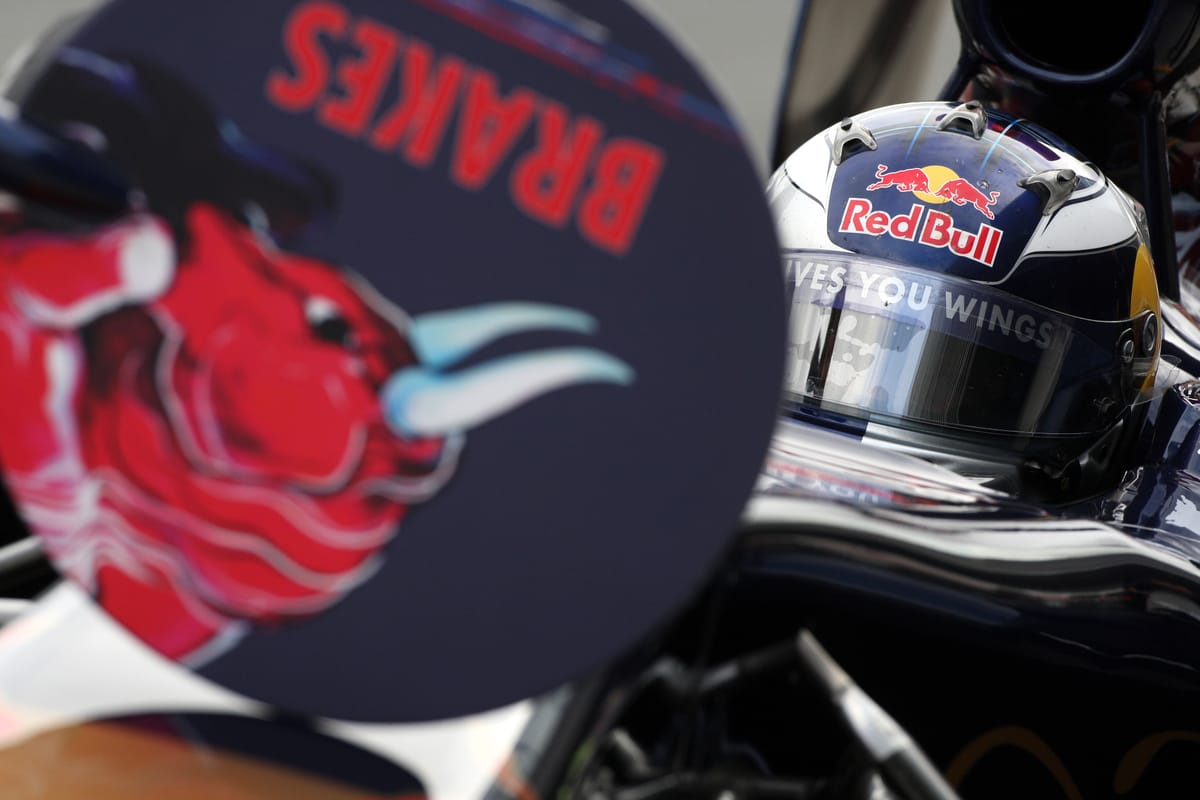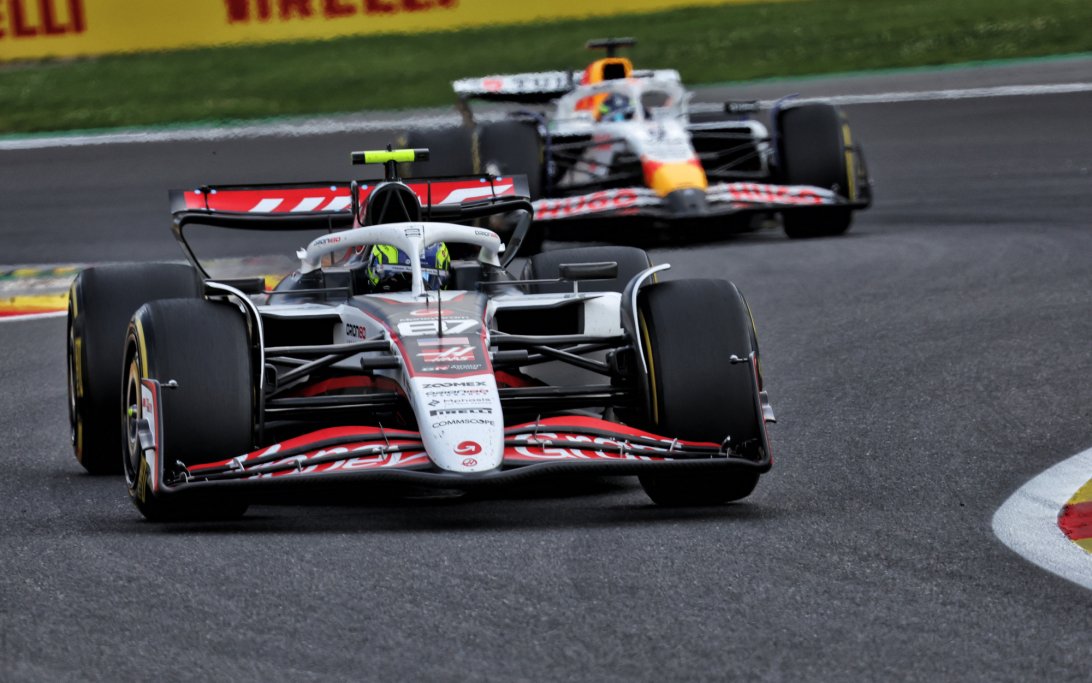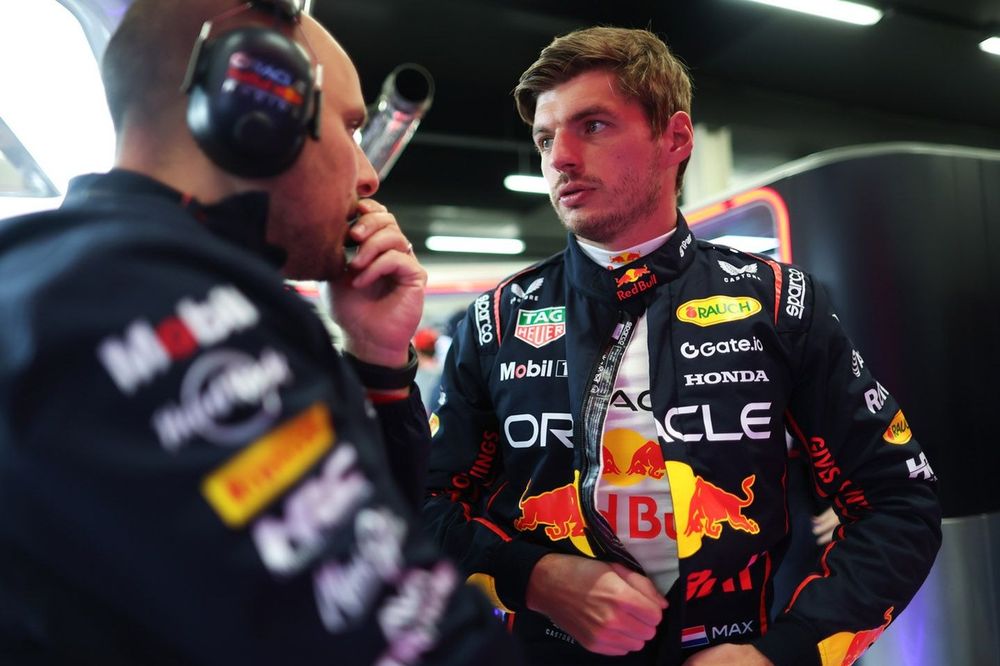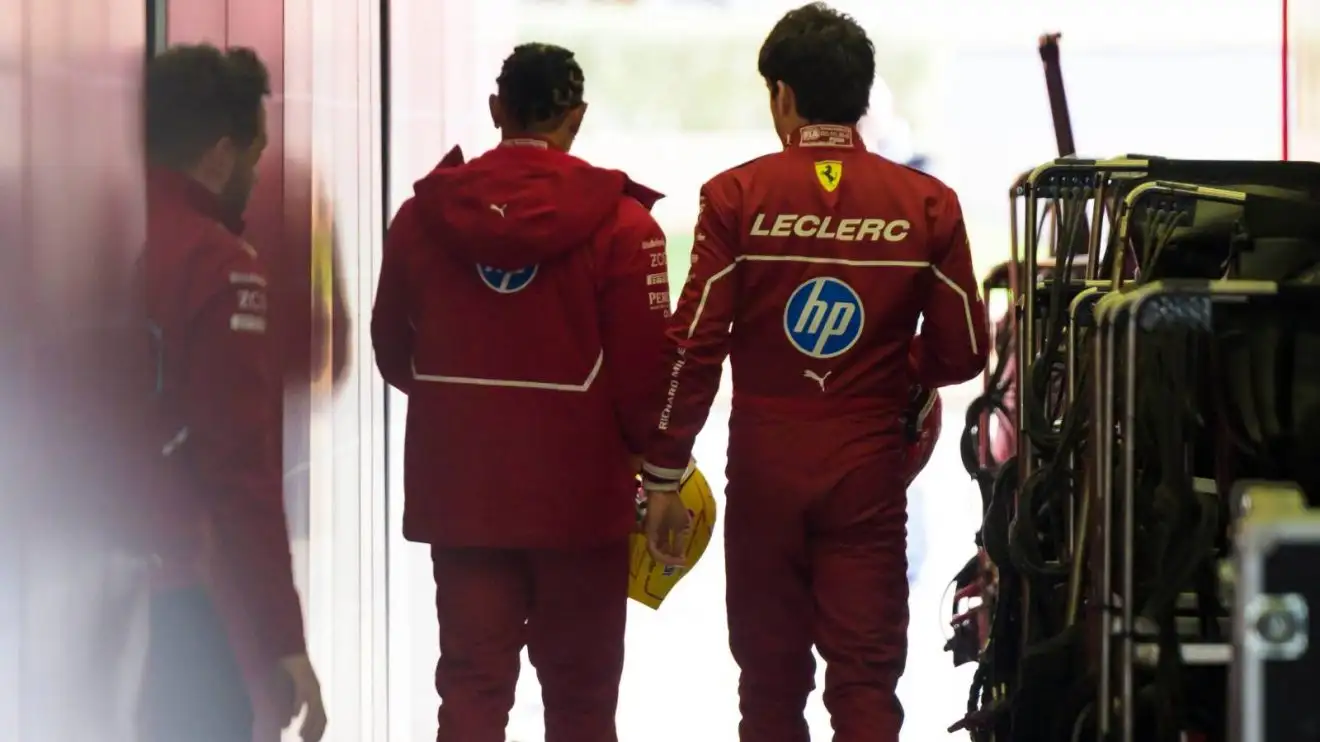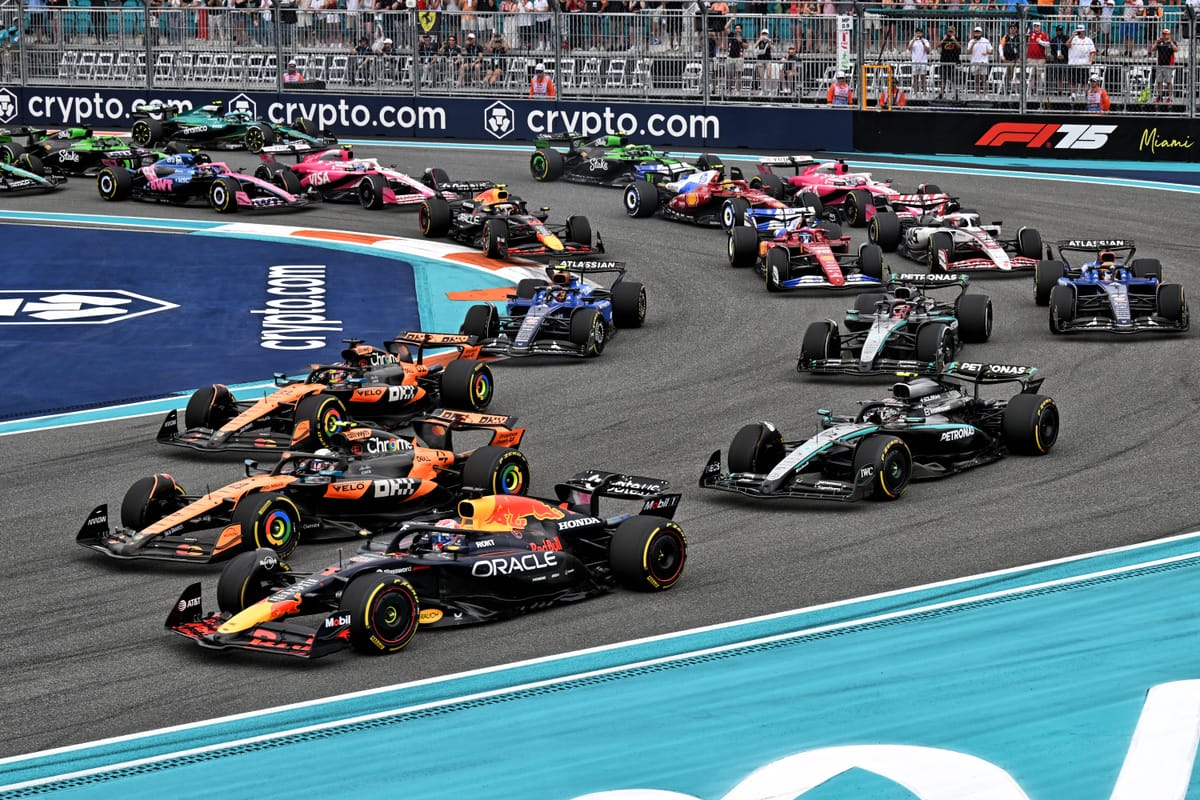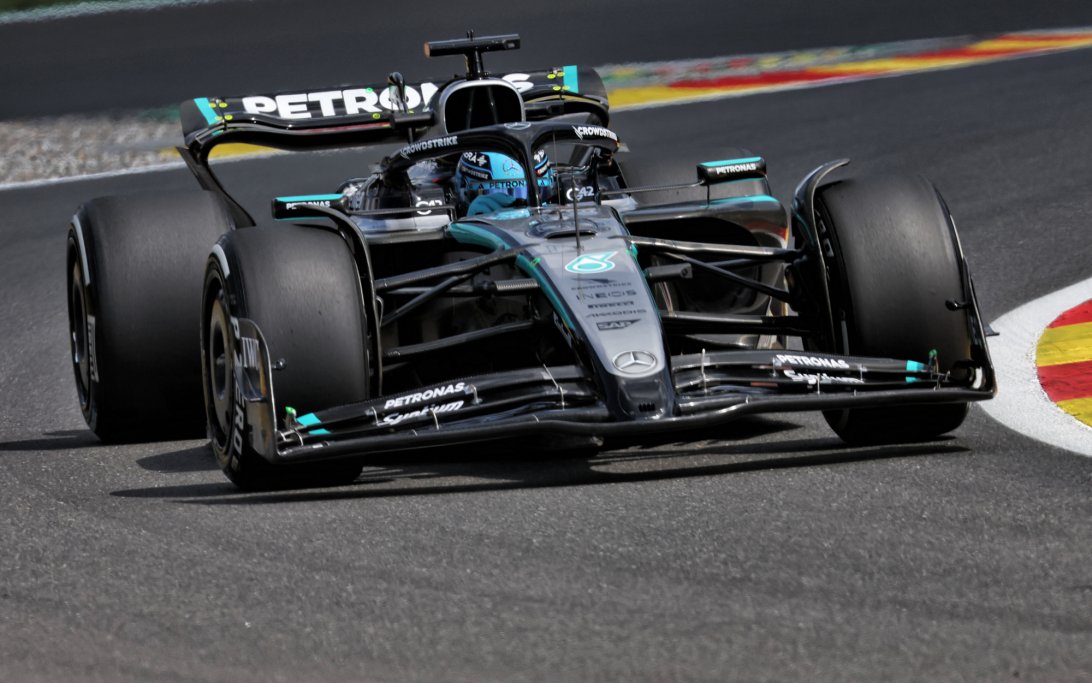Formula 1 has sought a dedicated American audience for decades. While the Indianapolis 500 was included in the inaugural 1950 World Championship, the sport often misunderstood the U.S. market, treating it more as a token presence than a truly engaged fanbase. Despite beloved tracks like Watkins Glen and Long Beach, F1 struggled to maintain consistent popularity. It wasn't until the Netflix docuseries Drive to Survive during the COVID-19 pandemic that the sport finally gained a genuine foothold.
Why it matters:
Understanding these historical barriers helps explain F1's recent explosive growth in the U.S. and highlights the strategic shifts made to finally crack this lucrative market.
The key issues, according to Zak Brown:
McLaren Racing CEO Zak Brown, speaking on the How Leaders Lead with David Novak podcast, identified three primary reasons for F1's long-standing lack of popularity in America:
- Inconsistent Venues: "We never really found a permanent location," Brown explained, citing a revolving door of tracks like Long Beach, Watkins Glen, Dallas, a Vegas parking lot, and Phoenix. This constant relocation prevented fans from forming deep connections with the sport.
- Prolonged Absences: F1 frequently took long breaks from North America. Brown noted, "Then you took five, six, seven, eight years off." Even upon returning to Indianapolis, a "tiregate" incident marred the event, leading to another disappearance. A sport cannot thrive without consistent presence.
- Elitist Perception and Lack of Engagement: F1 was "very exclusive, or perceived to be very exclusive and not very inclusive," Brown admitted. Before Liberty Media acquired the sport, there was a disconnect, with little fan engagement through social media or behind-the-scenes access. This "look, don't touch" mindset alienated a market that values direct interaction with athletes and teams.
The turning point:
Liberty Media's acquisition brought a fundamental shift. Coupled with the global reach of Netflix's Drive to Survive, F1 began "letting people see behind the curtains." This newfound transparency revealed the sport's excitement to a wider audience.
- Embracing Entertainment: F1 leadership embraced the idea that sport is fundamentally entertainment. As Brown stated, if someone buys a ticket, they expect to be entertained. This shift in mindset led to a focus on engagement rather than just awareness.
- Increased Presence: The sport solidified its U.S. footprint, adding races like the popular Austin Grand Prix, eventually leading to three annual U.S. events.
What's next:
F1's embrace of its entertainment aspect, combined with increased accessibility and fan engagement, has resonated deeply with American audiences. The sport has successfully transitioned from an exclusive niche to an inclusive, engaging spectacle, driving its current popularity surge.

